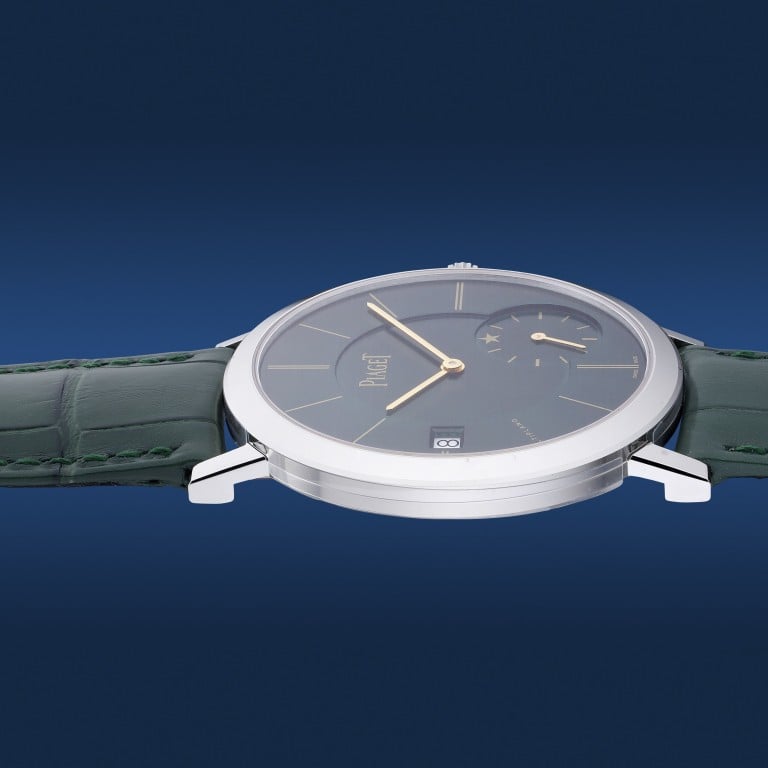Inside the race to create the world’s thinnest watch, from Bulgari’s latest to Richard Mille’s RM UP-01 Ferrari, and Audemars Piguet and Panerai’s offerings – but experts say they’re missing the point

- Luxury watchmakers from Audemars Piguet to Panerai and Jaeger-LeCoultre are all driven by their quest for excellence to create increasingly slim, more wearable luxury watches
- But while such timepieces are impressive, their thinness is rarely the main reason clients buy them, say experts, and brands should remain focused on their practicality
In 1957, Piaget launched the first of many very seriously skinny movements. The 9P measured just 2mm and was rightfully dubbed the thinnest hand-wound mechanical watch in the world at the time.
The design and functions of these ultra-thin pieces have often been simple: a three-hand round watch with hair-thin baton hour markers punctuating the dial.

These thin pieces seem to go against the trend for the bulkier aesthetics made popular by the likes of Panerai, Hublot, Roger Dubuis and Richard Mille over the past decade and a half.
Perhaps because of their practicality, or just the incredible engineering involved, ultra-thin watches never disappeared entirely, despite not always being the most talked-about novelties.
“Over the course of history in mechanical horology, there has been a popular consensus that the slimmer the watch, the more top-notch it is,” said Thomas Perazzi, head of watches, Asia, at auction house Phillips.

Among the most iconic designs of this genre is Jaeger-LeCoultre’s 101. This ladies’ timepiece has, ever since its launch, housed the world’s smallest mechanical movement: it is only on taking a closer look that the diamond bracelet reveals itself to be, in fact, a watch.
There has been a popular consensus that the slimmer the watch, the more top-notch it is